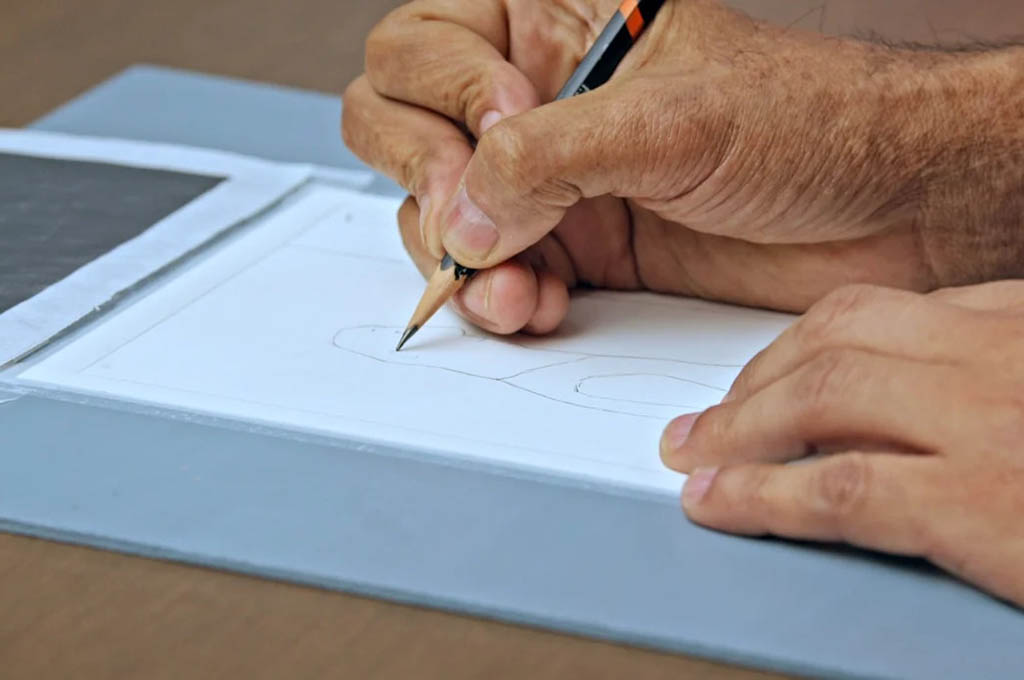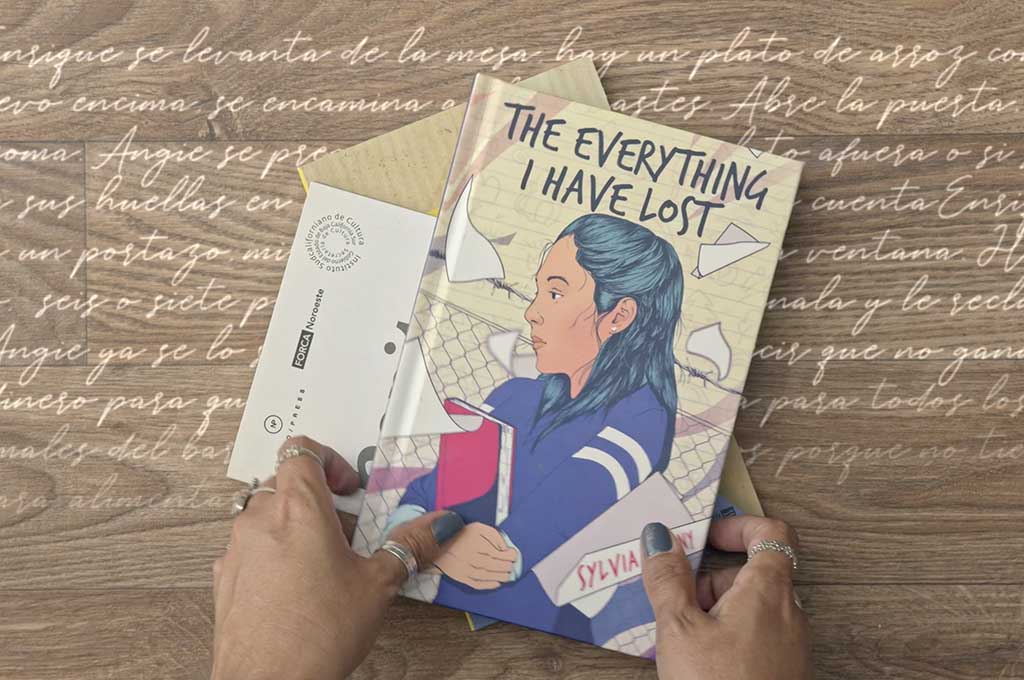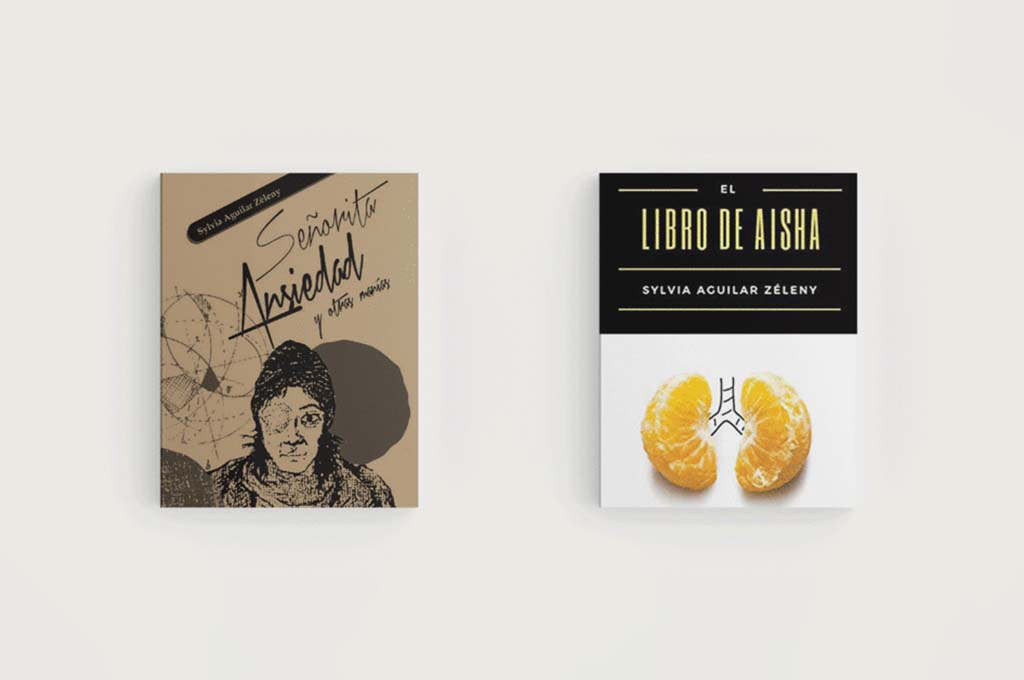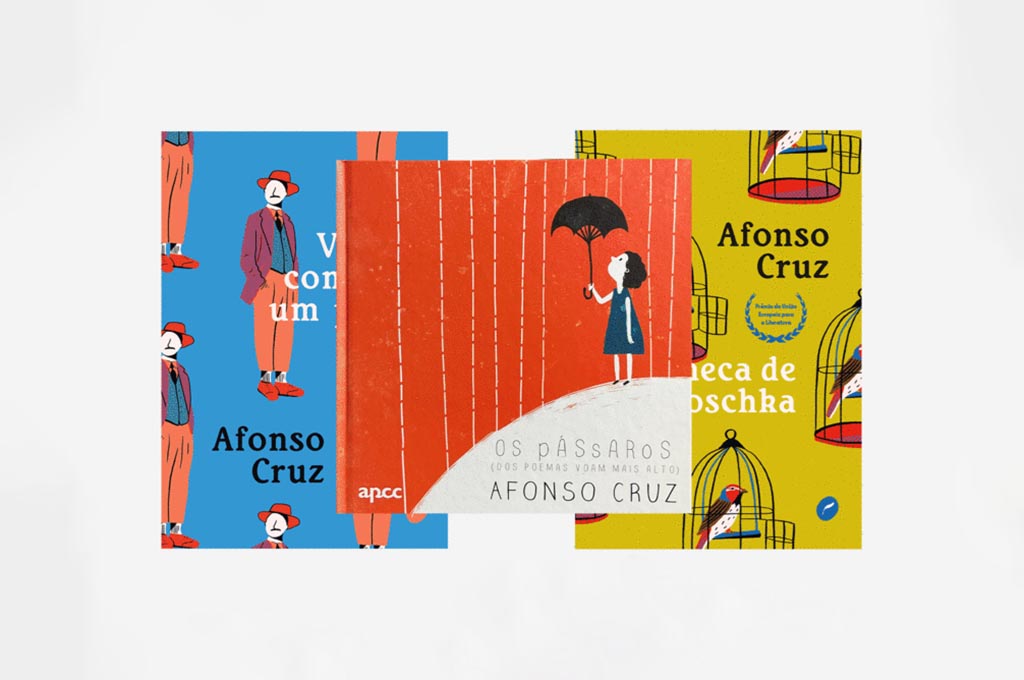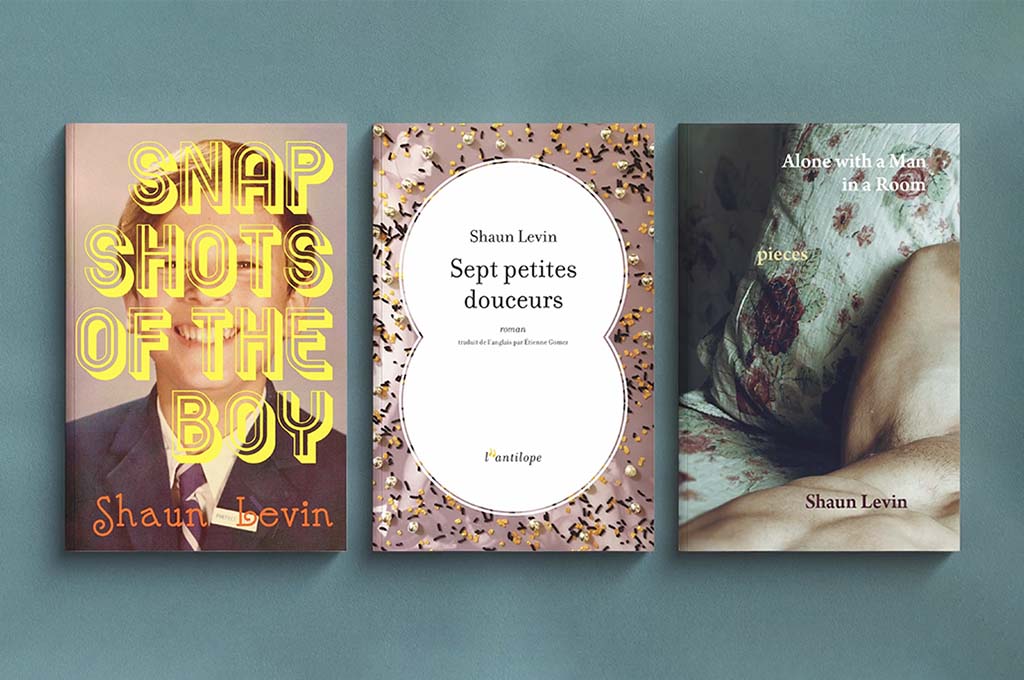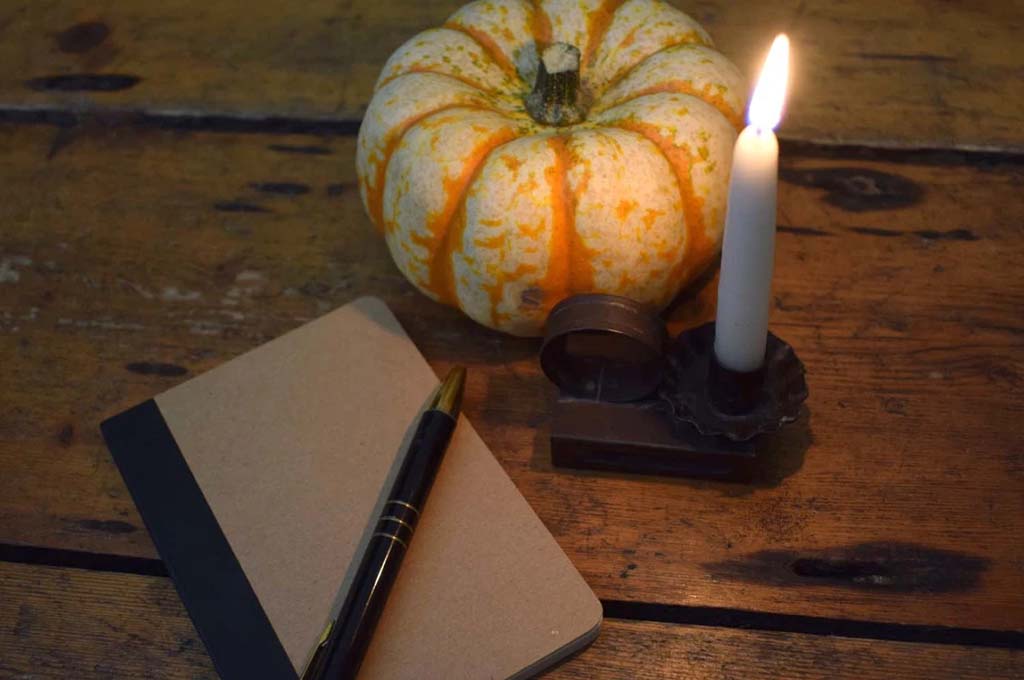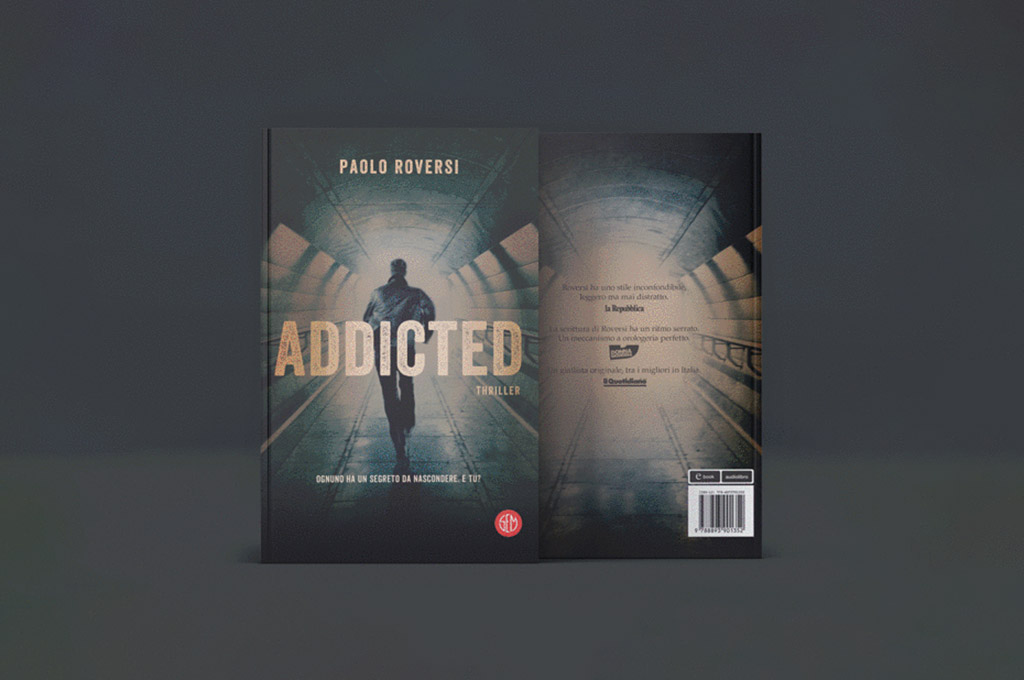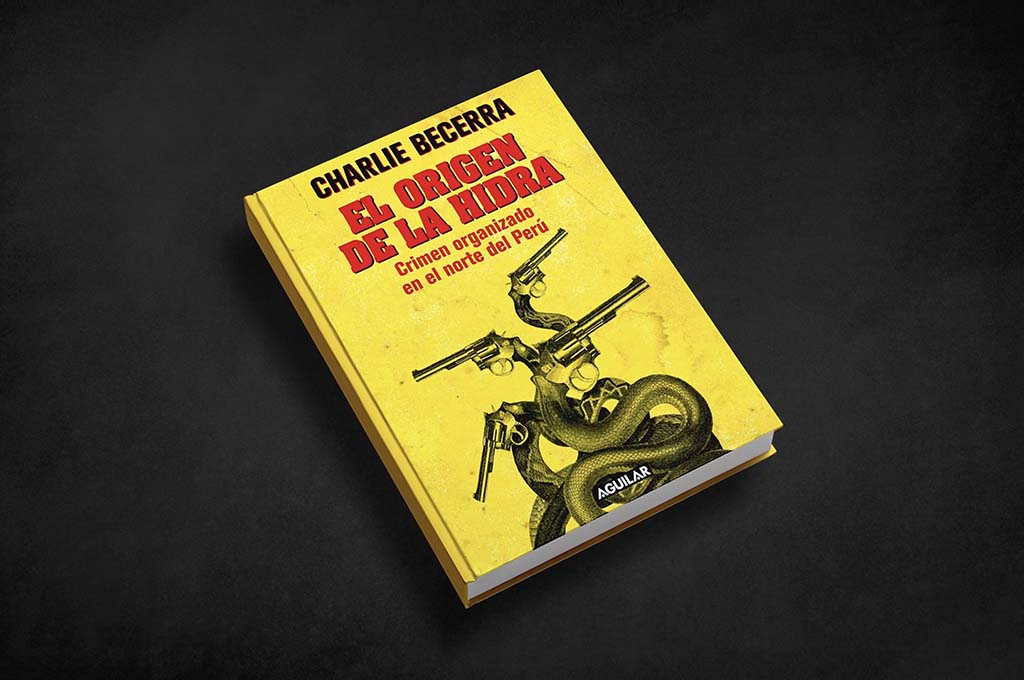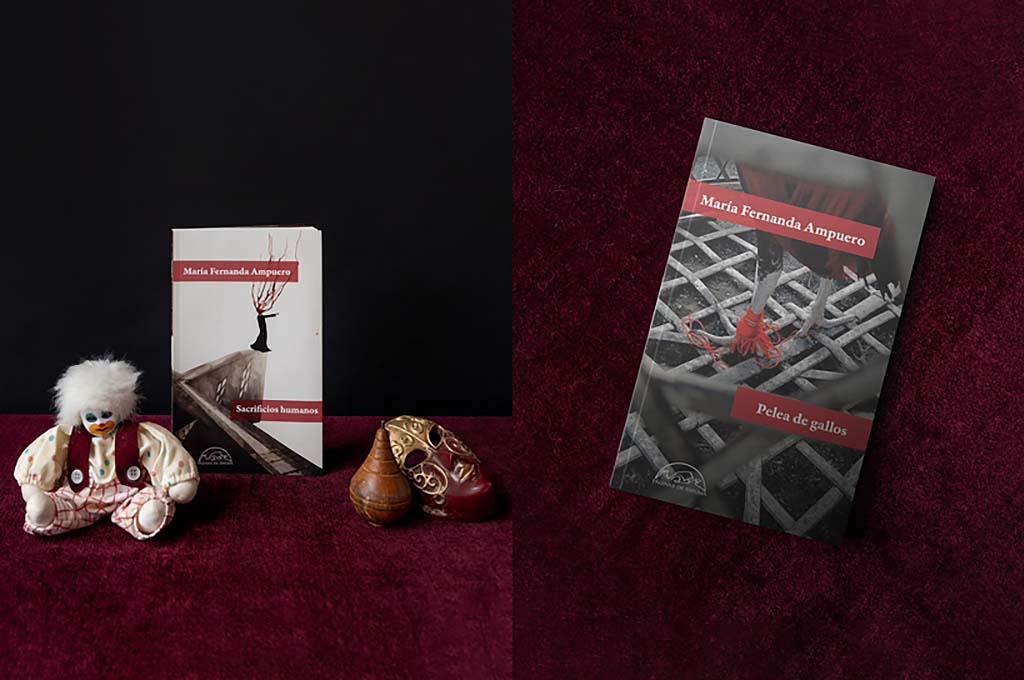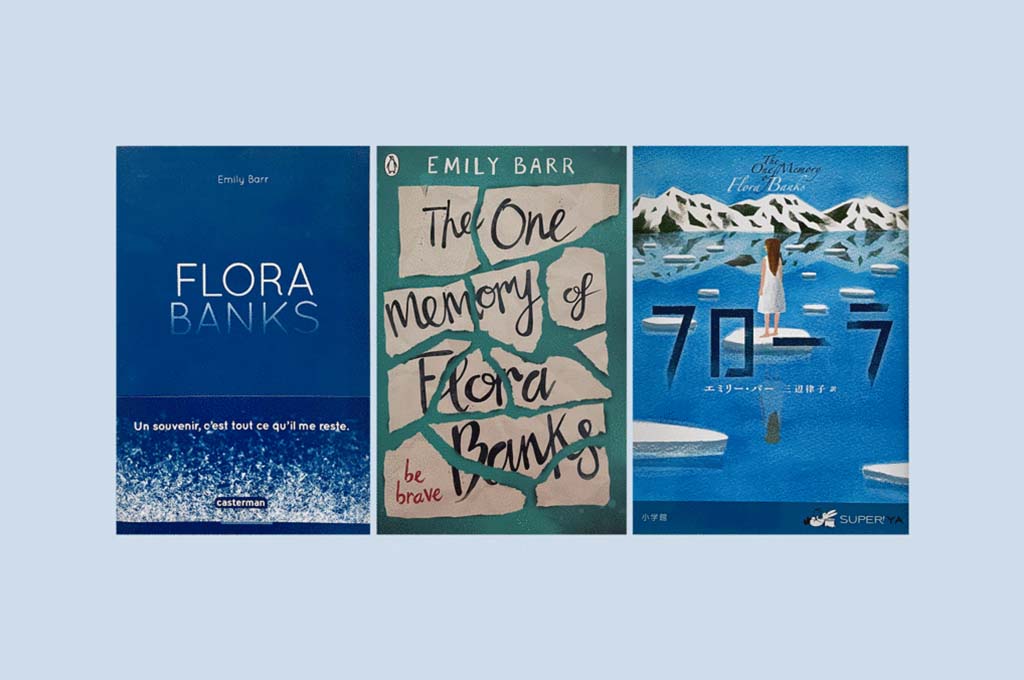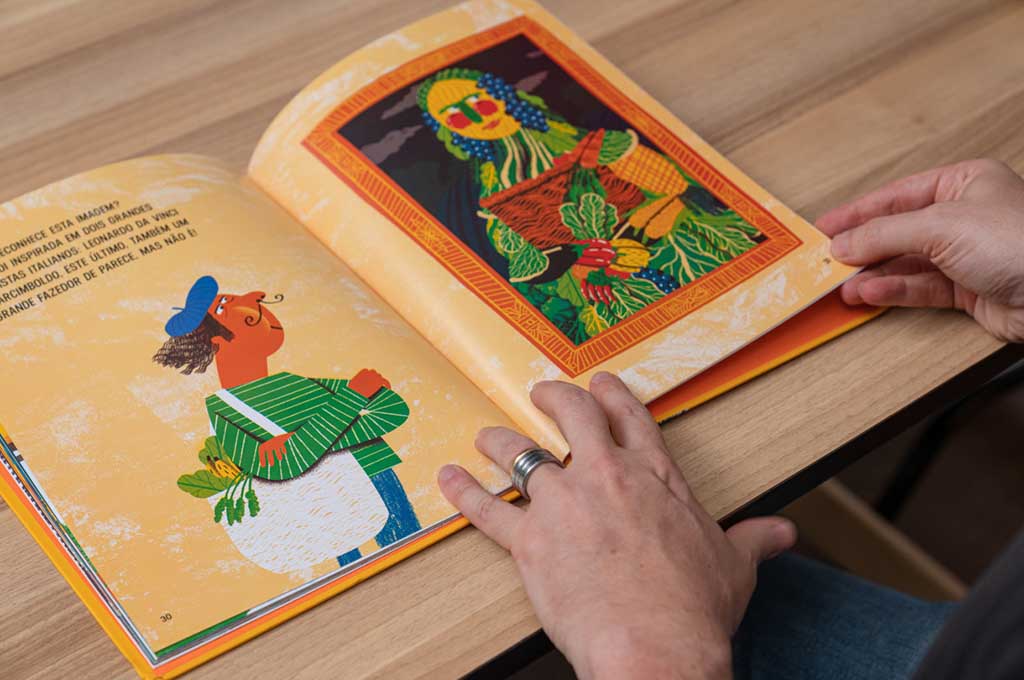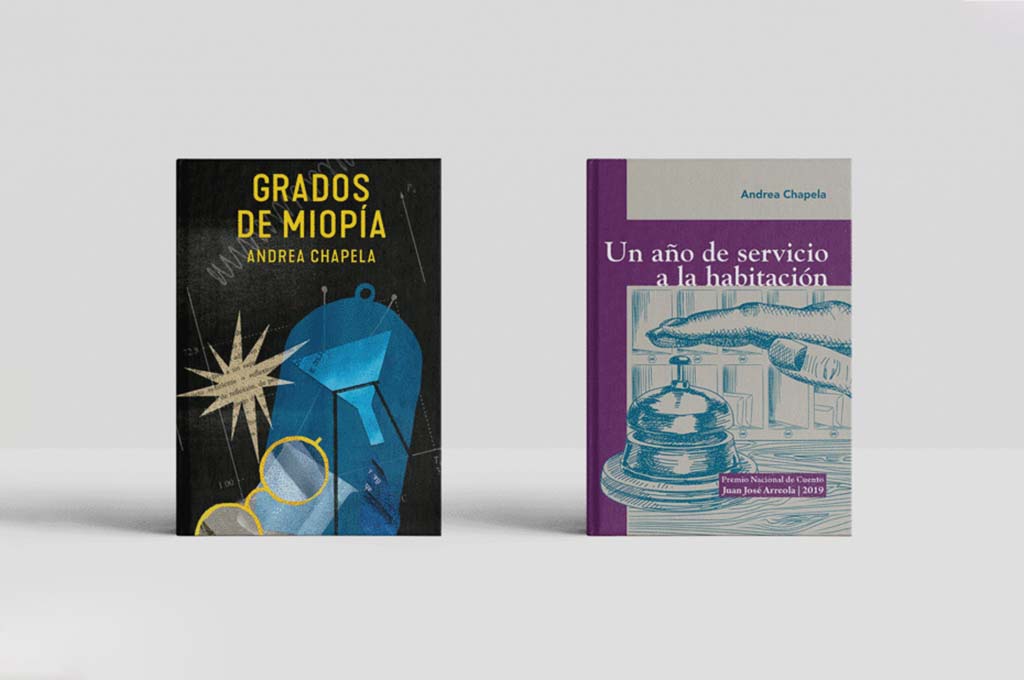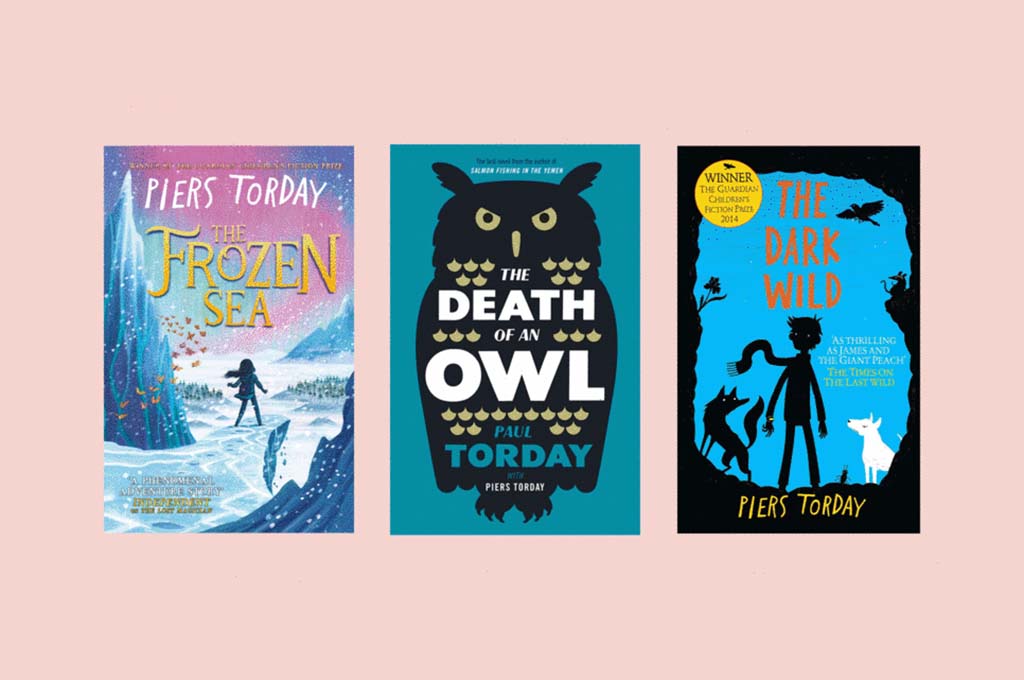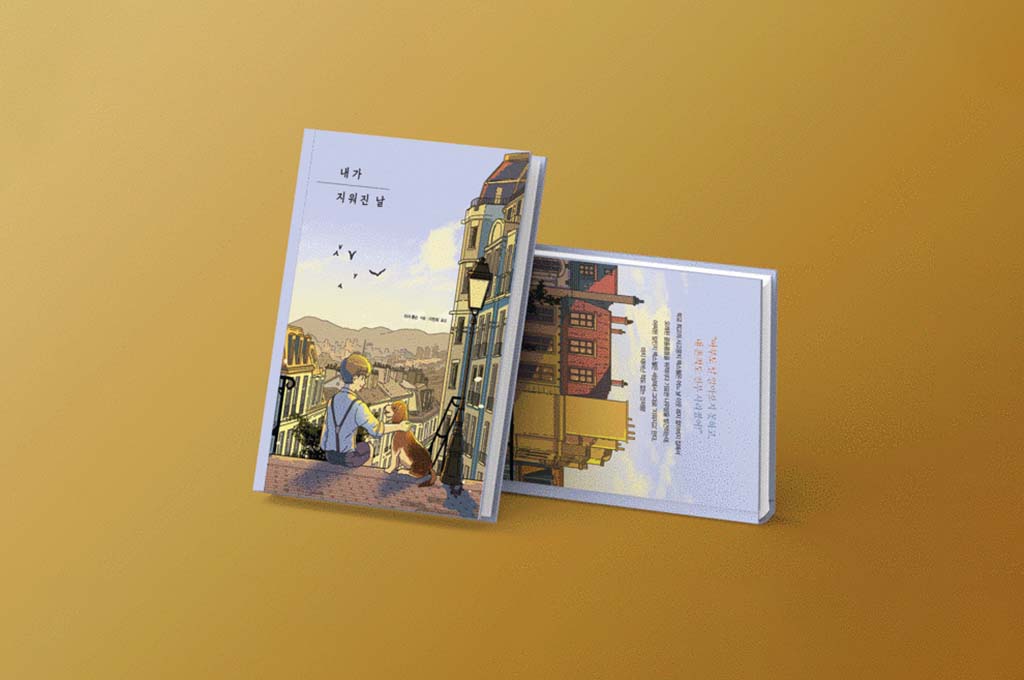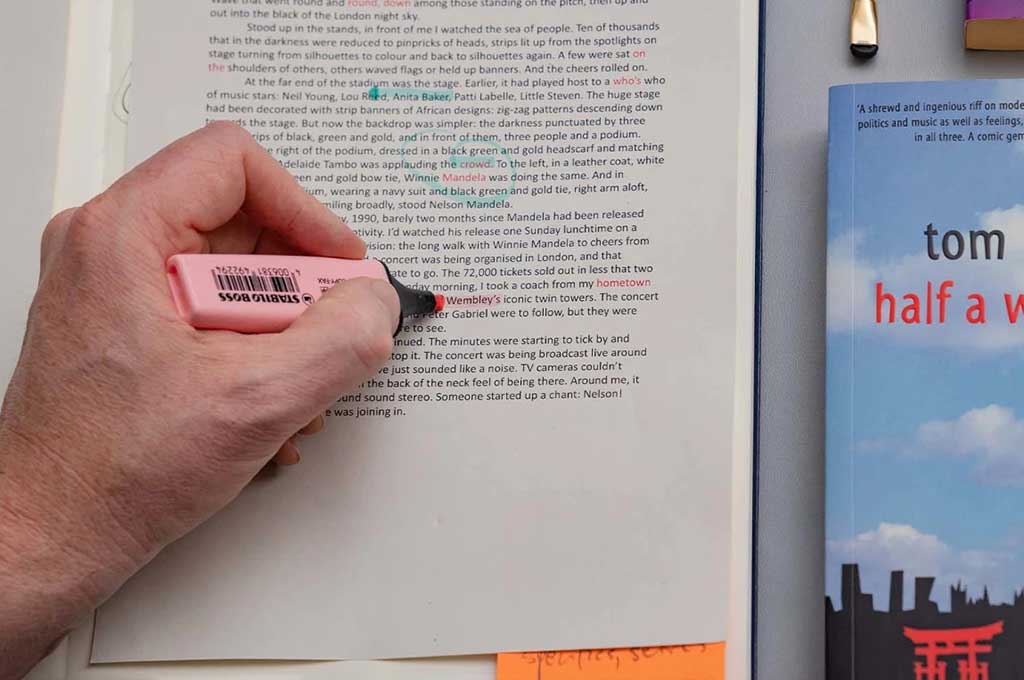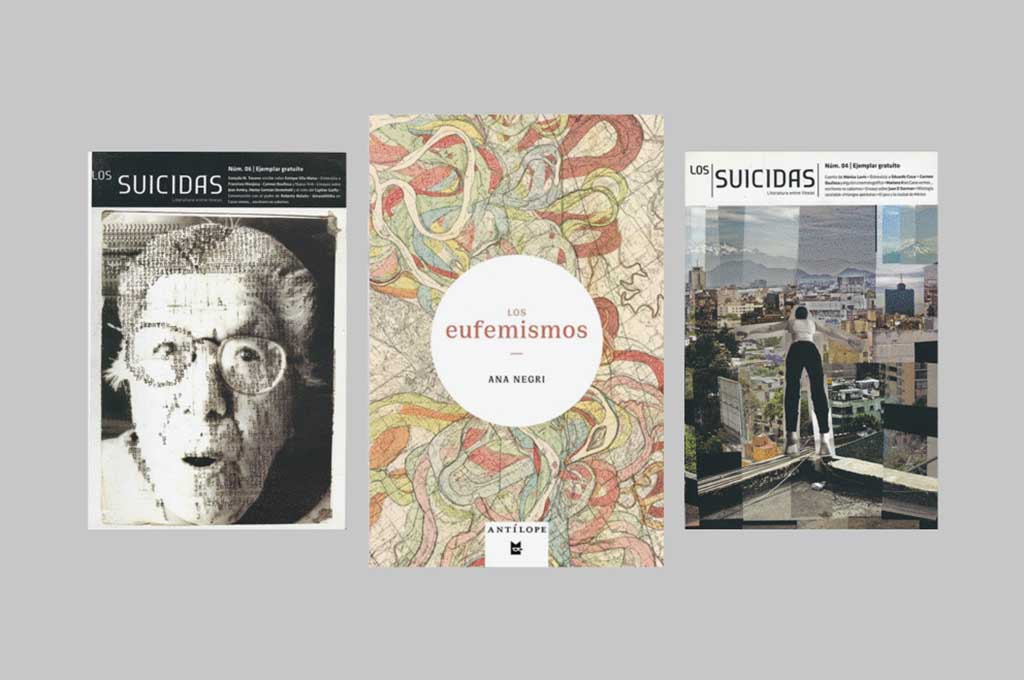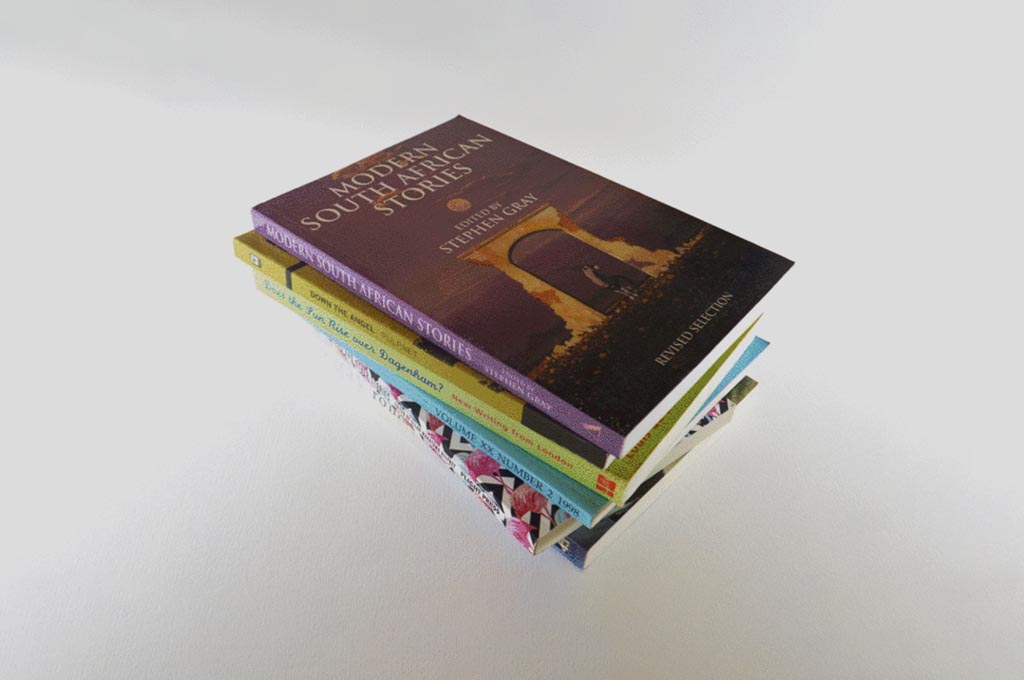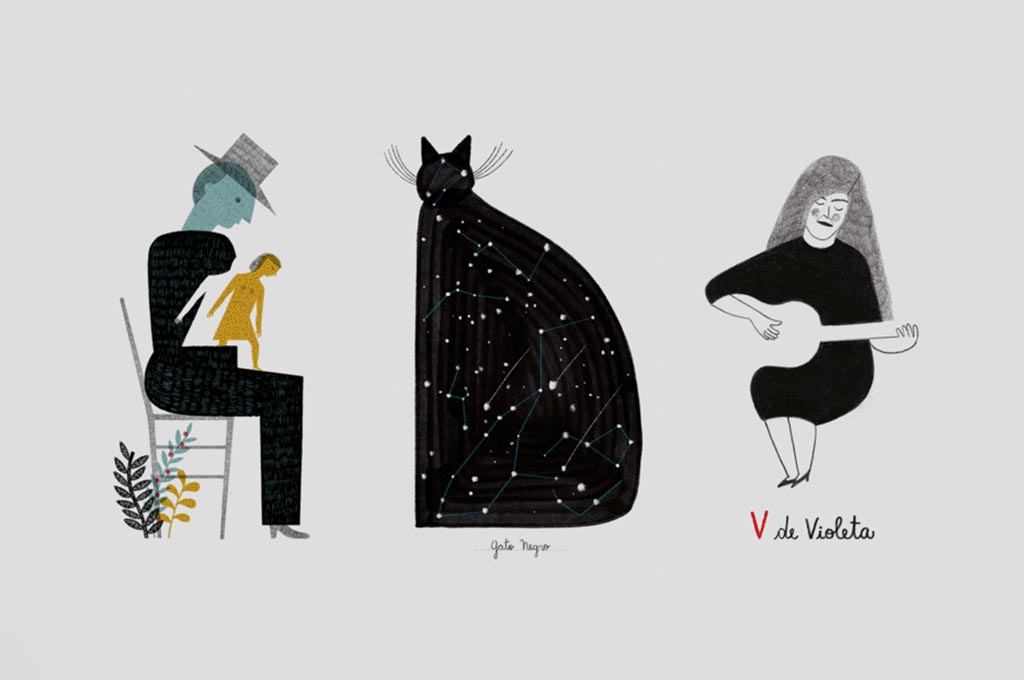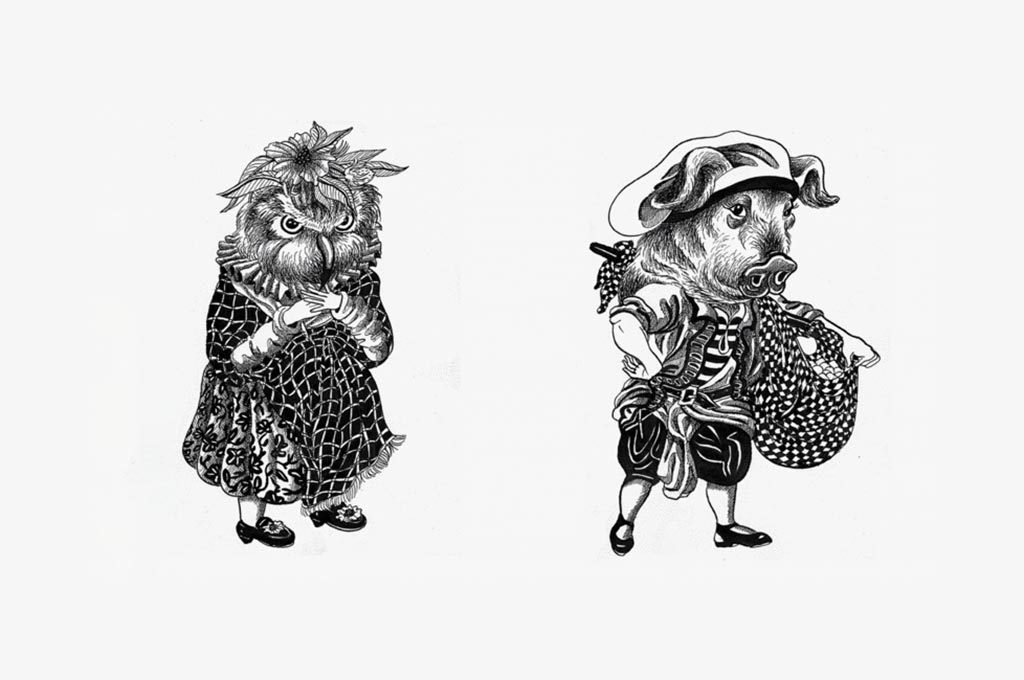The Designest may receive compensation from companies, products, and services featured in this publication. For more details, please refer to our Affiliate Disclosure page.
Every November, hundreds of thousands of people worldwide join National Novel Writing Month (NaNoWriMo) to create a piece of fiction and hone their creative writing skills. The challenge is simple as a pie, the participants dedicate November to writing 50,000 words of a novel. Preferably a complete story, but it’s not obliged.
No matter whether you are an amateur writer, designer, student, or even stay-at-home parent during NaNoWriMo you can become an author for real. Moreover, there are many published books, which have been started as challenge projects The titles like ‘The Night Circus’ by Erin Morgenstern, ‘Fangirl’ by Rainbow Rowell, and ‘Water for Elephants’ by Sarah Gruen. Sounds inspiring, isn’t it? You should definitely try the NaNoWriMo challenge and who knows, maybe you could find your novel on that list someday. As for me, I will support you by providing top-notch fiction writing courses and exercises. Buckle up and get ready, it’s time to write!
Use the exclusive code THEDESIGNEST-10 for an extra 10% off for any courses. If a course is at 75% off, you get a total of 85% discount for your purchase.
How to Write a Story
So many writing projects have not been finished, only because of the lack of structure and planning. It’s a usual situation when an amateur author skips the preoperational steps and jumps into the events of the novel. This way, at some point, the story became too tangled and complicated to have an elegant conclusion. We all have been there. To avoid this pitfall, before you touch a pen (or a keyboard) to write the first words of the novel, spare some time to plan and reflect on a project. Writing is not only about putting words onto paper, it’s also about transmitting the meaning. So by learning how to tell a story, you become a stronger communicator, too.
Narrative Tutorial: An Exercise to Help You Create a Good Story
Want to join NaNoWriMo, but got absolutely no idea about the plot? It’s not a problem anymore! Enrique Torralba, a picture book illustrator, shares an exercise based on brainstorming. The practice will help you to define a surprising but inevitable trigger for your story and develop it into a basic synopsis. The best part is that you can get this professional workshop for free. Try it out and experience the joy of pure creativity for yourself.
Writing a Novel Step by Step
In this course, you’ll learn the keys to writing a novel and train your imagination to make the best out of any idea. You’ll be guided by Cristina López Barrio who decided to switch career to the full-time writer after working thirteen years as a lawyer. What an admirable dedication! She’ll teach you how to write a fiction novel from scratch. If you think about writing a novel but don’t know where to start, start here.
Introduction to Writing Fiction
With this introduction, you’ll learn the essential fundamentals of writing fiction. How to get inspiration from reality, add depth and process it into captivating stories. During this course, you’ll travel the whole writer’s journey from a first draft to polished text. In the end, you’ll have a complete story about the place and the impact it has on the life of a character.
Original Narrative Writing from Start to Finish
Your teacher Afonso Cruz will show you how to build an original story from start to finish. Starting with researching ideas and developing a plot, you’ll explore the world of professional narrative techniques and classic storytelling mechanisms. As a course project, you’ll develop your own piece ready for publication. In conclusion, you’ll learn how to expand a short story and present it to an editor if needed.
Book Writing for Beginners: Develop Your Ideas on Paper
You’ll guide in this journey will be Shaun Levin, a well-known writer, and creative writing coach, with more than 20 years of professional practice. He’ll show you the importance of preparing to write a book, gathering resources, and finding support group from the people around you. It also covers how to portray people and places, how to create a sense of movement, and so on. At the end of the course, you’ll have a chapter of your own book along with a brief synopsis that’s ready to share with agents.
How to Write a Specific Genre
Writing recognizable genre fiction, while still remaining unique, is a serious business. On the one hand, readers like knowing what to anticipate from a novel, but on the other hand, there’s a danger of being overly cliché. It doesn’t mean that you should avoid cliché as a plague, absolutely not. It’s a tool, and it can be mastered. Thoughtful application of genre tropes is a fine line between the author who writes words into sentences and the author who weives a story. Knowledge of the preferred genre will help you on that matter.
13 Creative Writing Prompts for Psychological Thrillers and Horror
Want to create a story for a sleepover party, or searching for horror plot ideas for NaNoWriMo challenge? It’s all in here! 13 thrilling prompts made by professional writers to boost your creativity and overcome writer’s block. These prompts can be used for any narrative fiction, whether it is short stories, novels, screenplays, or just about anything else. The prompt provides a core concept that you can use as a basis for your own original writing project. Come on, this exercise is free and super effective.
Writing Crime Stories for Beginners
Whether you are an Agatha Christie fan, or an Ann Cleeves admirer, you know what good crime fiction is. The story itself is always as simple, as when, why, and how. But the key to the genre is making those questions the source of suspense and plot twists. If you ever wanted to write a crime story, this course is meant for you. Journalist and crime fiction author Paolo Roversi will show you how to create a story that grabs the reader’s attention from the first page.
Writing a Detective Novel
Detective is one of the most-read genres on the market. It allows readers to delve into a suspenseful story and try to investigate the mystery while reading. Have you ever been fascinated by the intelligence of Sherlock Holmes or Hercule Poirot? You can create such bright and enigmatic characters by yourself. With the help of professional detective writer Charlie Becerra, you’ll learn to build the narrative thread, plant clues and suspects, and plan plot twists to lead you to the spectacular reveal at the end of your story. After the course, you’ll have a title, timeline, and the opening scene for your first detective novel.
Introduction to Writing Horror Stories
To join this course, you’ll need no previous experience, just a passionate love for the horror genre, both in cinema and literature. And a strong desire to frighten your readers. You’ll learn how to draw inspiration from real-life fears and tweak it to something really terrifying. To apply knowledge to practice during the course you’ll be writing a horror story based on an anecdote, a piece of news, a memory, a nightmare, a social issue, an urban legend, or something that’s genuinely one of your deepest fears.
Writing a Psychological Thriller
Get ready to shiver with thrill, because the novelist Emily Barr opens the scary, but an existing world of human psychology for you. Under her guidance, you’ll write the opening scene, a 25-word synopsis, and a plan for the rest of your own psychological thriller book. During the course, you’ll learn how to properly research your story, create characters and setting, and manage the dynamics of the storyline. All the key elements that make up a psychological thriller. Finally, you’ll get professional tips and tricks for writing a compelling first and final page to impact your readers greatly.
How to Write For Children And Teenagers
Who are at the same time the most demanding and the most rewarding readers? Of course, it’s the young ones! Those who fully immerse themselves into the story they’re reading. If you want to write a novel worth such spirit of the imaginary world’s inquiry, you should let go of all the moral lessons you want to teach and try to connect on a human level. Openness is the key, but it’s also professional work that can be condensed to the course or even a set of tips and tricks that will help you better understand your readers, therefore build a better connection.
Storytelling Tutorial: 5 Tips to Help You Write Children’s Books
Your teacher will be an award-winning children’s author and international superstar Ilan Brenman. He has an extensive children-related background: trained as a psychologist, got a master’s degree and PhD in Education, his books have been published in over 15 languages, and now he is sharing his experience with you. This article gives you nifty tips to write the next great children’s book that you may have been thinking about for years, but never believed you’d be able to complete and share with the little readers.
Introduction to Writing Science Fiction and Fantasy
If you have ever been fascinated with the worlds built by fantasy writers, here’s the course for you. An award-winning writer, Andrea Chapela will share her expertise in developing fictional universes and filling them with characters and intertwining storylines. You’ll learn the golden rules of writing science fiction and fantasy to create a page-turning world that breathes. As a course project, you’ll write a fantasy or sci-fi short story based on speculative fiction and set in a fictional world of your design.
Writing a Young Adult Novel
Young adult is a category of fiction written for readers from 12 to 18 years. While it’s targeted at adolescents, approximately half of the readers are adults. Therefore, it’s a huge creative writing niche. As with any other genre, it has its own rules, tropes, and techniques. Join writer, editor, and educator Carola Martínez to learn how to write young adult novels from scratch. For practice, you’ll create your own plot outline with a detailed structure of your story.
Introduction to Writing a Children’s Fantasy Novel
Creating spectacular imaginary worlds, what can be more alluring in the fantasy writer’s working routine? Setting aside writer’s block and fear of the blank page, of course. Learn how to plan, structure, and write a full-length novel step by step, under the guidance of Piers Torday. Who once received the Guardian Award for Children’s Fiction. During the course, you’ll write a synopsis of a children’s book that includes the characters, the fictional world, and a summary of the complete story.
Children’s Novel Writing for Beginners
In this course, Lisa Thompson, a professional children’s author and writer of the best-selling book The Goldfish Boy, will teach you how to create a captivating children’s novel out of your own memories. You’ll learn how to gather ideas, work on a plot, and make it both vivid and believable. And the most important thing, you’ll explore the ‘show not tell’ attitude, allowing your reader to fill in the gaps and provoke thinking and reflecting on a story.
How to Write an Autobiographic Novel
Everybody has got a story to tell, so why not to write it down or even make it into a graphic novel? If creating imaginary characters and putting them into imaginary situations isn’t your cup of tea, then an autobiographical novel will probably suit you best. It’s a narrative nonfiction built around true stories, but with a pinch of storytelling elements such as a protagonist (you), a central conflict, and a set of characters (most commonly archetypal). Mix all of the above in the right proportions, and you won’t be able to distinguish your autobiography from an enthralling novel.
Free Creative Writing Exercises: Prompts to Write With Emotion
Tom Bromley is an expert at expressing and exploring character emotions in biographical storytelling. In this article, he’ll show you how to evoke feelings and affection in readers, though creating deep emotional scenes. The sequence of events is only a part of the success, the other part is representing an internal life of a character. Even when it’s uncomfortable, it will pay off by building a deeper connection with your reader. Moreover, there’s a free PDF worksheet with five prompts for conveying emotions in fiction or nonfiction.
Introduction to Autobiographical Writing
In this course, your teacher César Tejeda will show you how to mesmerize your audience with the stories brought up from your own memories and experiences. For practice, you’ll write a short story based on real events over a single day. Although, this course is meant for anyone interested in telling stories about their personal experiences, to make the best of it you’ll need basic writing and composition skills.
Short Story Writing: Create Fiction from Personal Experience
Join writer Shaun Levin on a writing adventure where you’ll learn to create a short story that is based on your personal experience. Bring your inner world to life on the page, add a pinch of fiction, and enjoy the result. During this course, you’ll explore a creative process that lies behind every solid story, and will learn how to write, review and edit your text. And in conclusion, get some ideas on how to expand your story into a novel, a memoir, or a series of short stories.
From Autobiography to Illustrated Story
It’s not only the words that form a story, it’s also images and meanings. We can narrate through colors and lines, as well. To master that kind of art, join the course of children’s books illustrator and writer Paloma Valdivia. In this course, Paloma will teach you different illustration and writing techniques for creating an autobiographical story based on an object from your childhood. As long as there is some illustrating involved, I recommend to have basic drawing skills to take up this course.
Creation of Autobiographical Graphic Novel
This course is the next step from writing to drawing. While it is still a story, so you’ll need to write things down, the main focus here is on the graphic part, so be prepared to have some sketching skills to keep up with your teacher Marcela Trujillo, also known as Maliki for her comic character. You don’t need to draw like a pro to take this course, you just need to be passionate about sharing your story. At the end of the course, you’ll finish a two-page comic based on a personal experience.



